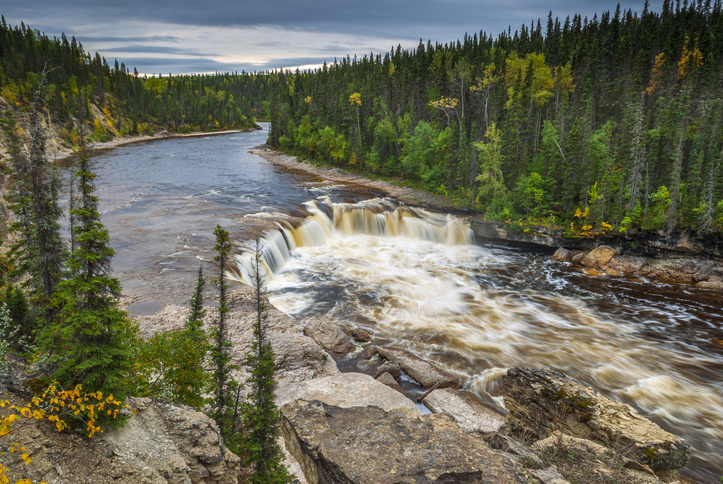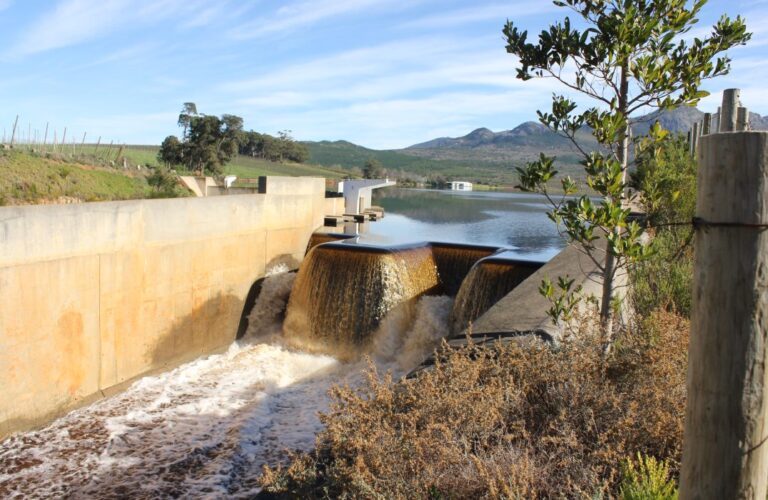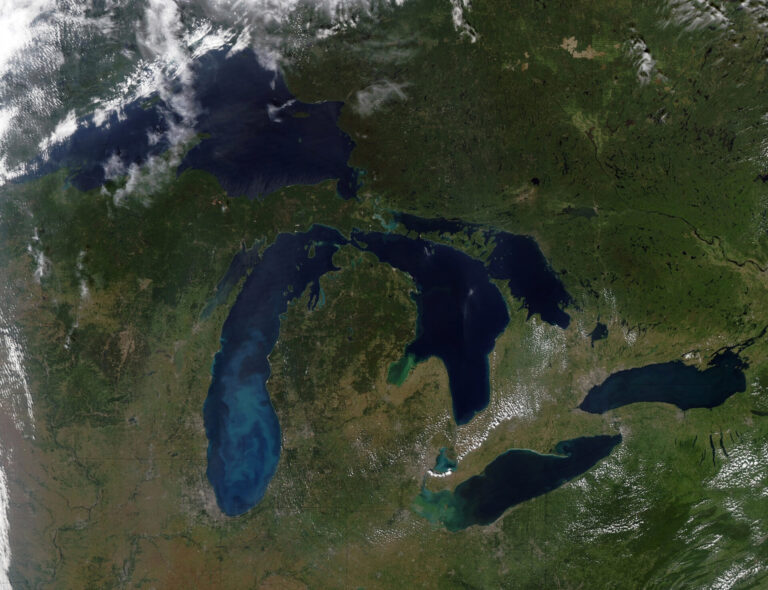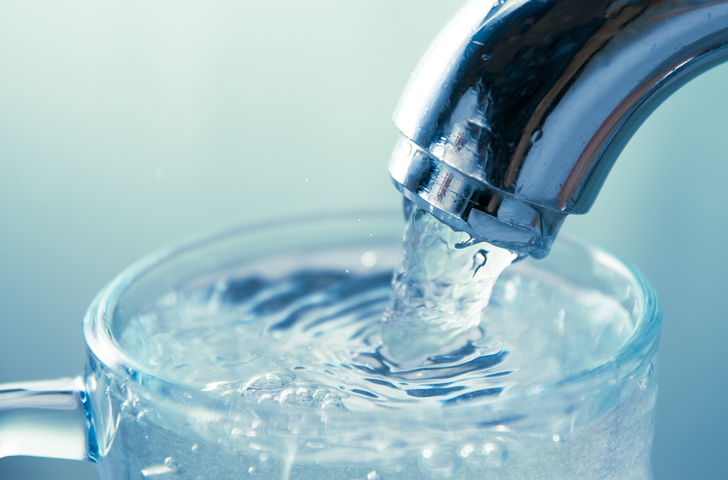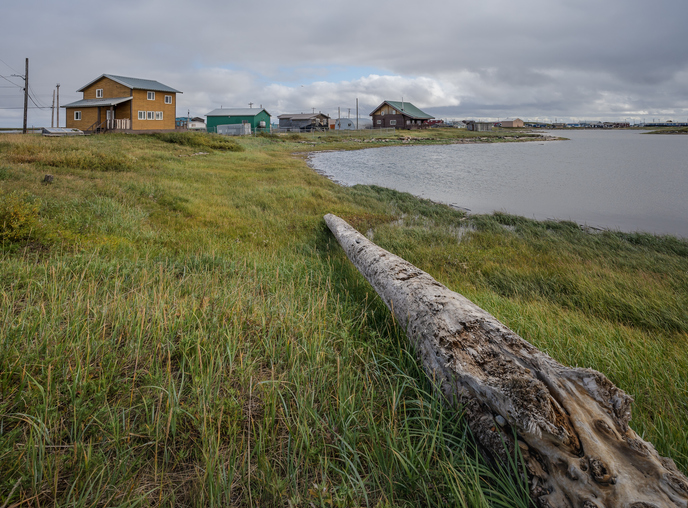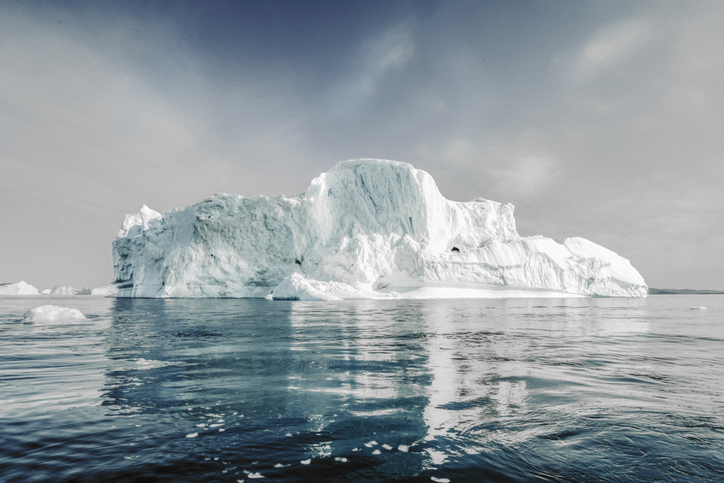When most people think of the Northwest Territories (NWT), they think of a land with bodies of water scattered throughout a vast, primarily open landscape. It’s what many of us were taught in school and, when you look at a standard map of the region, it is an easy impression to retain.
Yet, despite these numerous lakes and rivers, the territory finds itself in an unprecedented water shortage, one not seen before. It’s a shortage that has government operations, environmental stewards, and industry practitioners scrambling for solutions, hoping to secure a constant supply of clean, safe water for both human and wildlife populations.
Two of the largest lakes in North America, Great Bear Lake and Great Slave Lake, are located in the Northwest Territories. Over the past couple of years, record low lake levels have been recorded s during both summer and winter conditions.
In November 2024, Great Bear Lake reached its lowest level on record. In December 2024, Great Slave Lake remained at its lowest level on record, which is consistent with the record low level recorded in December 2023.
Flow rates on several major rivers in the NWT have also been low relative to previous years; the flow rates of the Hay River and Mackenzie River were well below average in December 2024, and the flow rate of the Liard River in December 2024 was the lowest flow rate on record. The Slave River has also been below average during 2023 and 2024.
Causes of the concern
Despite the healthy number of waterbodies scattered throughout the territory, there is concern that the quality of the aquatic environment may deteriorate with lower water levels.
There are a number of reasons for the lack of water in the NWT. First and foremost, low water levels across the NWT are the result of extreme drought conditions that began in the summer of 2022 and have persisted through 2023 and 2024. Water levels in both the Great Slave Lake and the Mackenzie River are strongly influenced by precipitation received in the Peace and Athabasca watershed (northern British Columbia, Alberta), Saskatchewan, and southern NWT. These watersheds have also seen very low levels of precipitation in the past three years. This includes a low snowpack in these watersheds, which have also contributed to low lake levels.
As of mid-February 2025, there was improvement in the Great Slave Lake with the water levels “… slowly rising since mid-December 2024 and is approximately 20 cm higher than the level recorded at this time last year.” However, the Mackenzie River was still a significant cause for concern as the “… water level, recorded at several stations along the river, is well below average for this time of year.”
So, while there has been minimal improvement in the start of 2025, a combination of factors has made for never-before-seen low levels, creating significant concerns for everyone and everything that inhabits the area.
Understanding the impacts
The record lows are already having considerable impacts on human and aquatic life, which will get worse if water levels don’t rise in the months ahead.
Transportation services have taken one of the biggest hits. Low water levels on the Mackenzie River have disrupted the barge service that supplies remote communities such as Tulita and Norman Wells with goods and fuel, as the barges could not make it through the low water. Coast Guard operations were interrupted, which includes pollution investigations and the seasonal placement of hazard identification buoys. Ferry services have also been negatively impacted. During open-water, ferries are the only way to travel from many communities by land.
It has also made it difficult for some communities to sustain their way of life. For example, in Hay River, commercial fishing operations have been limited, as boats have not been able to safely travel through low water levels from the harbour to the mouth of Great Slave Lake.
Low water levels also put fish populations at risk. The lack of oxygen (anoxic conditions) during winter under the ice cover means fish may not be able to survive in their winter habitat. Water temperatures can increase in low-water conditions as the smaller mass of water has a reduced capacity to dissipate heat, which can also lead to changes in the water quality.
Lack of water also makes it more difficult to fight off wildfires. Dry land makes it easier for the fire to spread, and low water levels means less water available for wildland firefighters. The 2023 wildfire season in the Northwest Territories was severe, with over 4.1 million hectares of forest impacted by 303 wildfires. Extreme drought conditions, record temperatures, and high winds also contributed to the extreme fire behaviour.
Creating solutions
There are ways for communities in the NWT to manage water shortages to maintain quality of life.
The development of all-weather transportation networks is one way to work around low water levels. Building all-season roads reduces the reliance of northern communities on shipping goods and fuel on barge services and allows goods to be trucked in at a lower cost.
The territorial government is also exploring the potential for greater implementation of hydroelectric energy resources. While climate-driven droughts can’t be avoided, planning future developments with climate change and drought conditions in mind will allow for the mitigation of drought effects on the generation of renewable power. More hydroelectric power generation will allow for reduced energy costs for northerners, especially in smaller communities that often rely on diesel generators for energy. Hydroelectric power will also alleviate some of the reliance on large-scale barge traffic, which requires importing large quantities of fossil fuel for power generation.
On the mining side, aquatic effects monitoring programs are designed to monitor the effects of low water levels and increasing water temperatures on aquatic ecosystems. Using these results, WSP works with clients to develop solutions to manage water at legacy mine sites to minimize the cumulative impact on aquatic environments.
At the end of the day, both the people and flora/fauna of the north will have to adapt to more regular occurrences of low water levels across northern Canada. To lessen the severity of these impacts, engineering solutions and the use of emerging technologies for water re-use and recycling will need to be adopted. Other long-term solutions are adaptation to changing seasons (earlier spring melt and later fall freeze-up) and traditional hunting practices, as fish and wildlife migration patterns change.
Because of climate change, the Northwest Territories is undergoing significant changes, including adapting to more frequent low water levels. With the right solutions in place, we can work to minimize these impacts and help human and aquatic life adapt to these new norms.
Authors: Sarah Beattie is a Senior Water Quality Scientist in Yellowknife (Northwest Territories), for WSP in Canada. Kate Sinclair is a Senior Principal, Environmental Geoscientist, for WSP in Canada.

